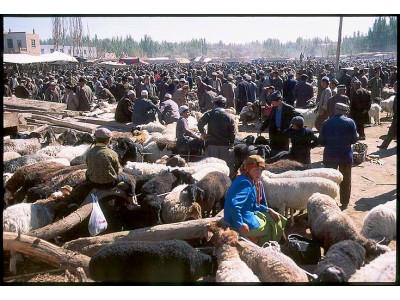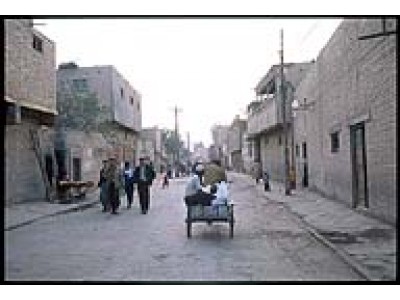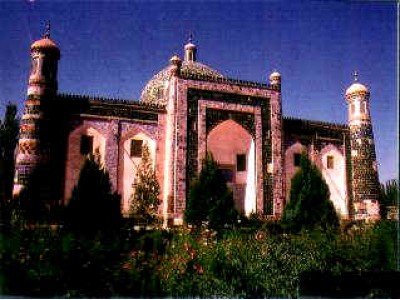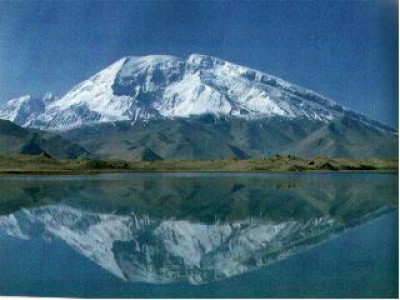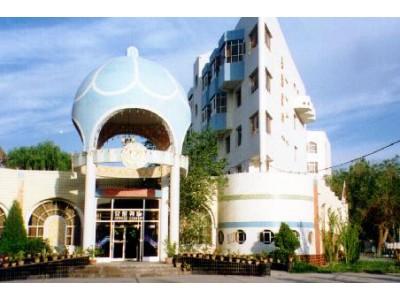
Kashgar has a history of more than 2"000 years. The earliest reference appeared in Persian documents referring to an alliance of Tushlan tribes, who founded their capital here. Kashgar was possibly the first of the Buddhist kingdoms of the Tarim basin. In the second century AD, Hinayana Buddhism flourished here and continued to do so until the ninth or tenth century. During this period Indian and Persian cultural influences were strong. Xuan Zang noted that the Kashgaris had green eyes perhaps a reference to Aryan origins and that for their writing they take their model from India. The disposition of the men is fierce and impetuous, and they are mostly false and deceitful. They make light of decorum and politeness and esteem learning but little.
In the first century AD, during the Han Dynasty, China lost its power over the Tarim Basin. The great General Ban Chao was dispatched to subdue the wild kingdoms of Silk Road that had aligned themselves with the Xiongnu against the Chinese. He took the kingdoms of Kashgar, Hetian and Loulan either by brute force or cunning strategy, installed pro-Chinese rulers and reopened the southern Silk Road to trade. Ban Chao remained in Chinese Central Asia for 31 years, crushing rebellions and establishing diplomatic relations with more than 50 states in the Western Regions. Accompanied by horsemen arrayed in bright red leather he himself went as far west as Merv and made contacts with Parthia, Babylonia and Syria.
In the early seventh century, Kashgar recognized the suzerainty of Tang China, which garrisoned the city. However, the Chinese were soon forced to withdraw between 670 and 694, when Tibet expanded its territories throughout the southern oases of Tarim Basin. Between the tenth and 12th centuries the Kharakhanid Khanate, alliance of the Qarluq Turkic tribes, controlled the area between Bukhara and Hetian from its capital in Kashgar. The Sunni Muslim, Satuq Bughra Khan, was the first king of the Kharakhanid of Kashgar; he and his successors carried on bloody jihads against the Buddhist kingdoms of yarkant and Hotan. These battles, along with fierce Kharakhanid internecine struggles, disrupted the caravan trade, and East-West trade was increasingly forced to relay on the sea routes.
Following the death of Chaghatai, who inherited the region from his father, Ghengis Khan, there followed numerous succession wars. Only briefly during the mid-14th century, when Telug Timur had his capital in Kashgar, was a degree of calm and stability restored. But Tamerlane"s armies were soon to lay waste to the Kingdom of Kashgaria.
In the 16th century Kashgar came under the ruler of a religious leader Khoja, whose colleagues formed a powerful clique in Bukhara and Samarkand. A theological split saw the formation of two opposing sects, the Black and White Mountaineers, which began a bloody see-sawing of power between Kashgar and Yarkant that ended only with Qing intervention two centuries later. The Khojas attempted to return to power in Kashgar no fewer than six times, frequently backed by the Khokand Khanate and aided by Kirgiz nomadic horsemen, bringing fearful reprisals on the citizens. An unfortunate observer of the Khojas" last attempt in 1857 was a German, Adolbhus Schlagintweit, whose throat was cut because of his arrogant comment that the three-month siege of Kashgar would have taken his countrymen a mere three days.
Kashgar was substantially fortified during the short but violent reign of Yakup Beg, who ruled Kashgaria from 1866 to 1877. This infamous soldier from Kokand ruled most of Xinjing, from Kashgar to Urumqi, Turpan and Hami, concluded treaties with Britain and Russia, and had the support of the Ottoman Empire. After a leisurely three-year advance on Xinjiang, the 60,000 strong Chinese army of Zuo Zongtang suppressed the Muslim rebellions in Gansu and then moved southwest through the oasis towns, eventually ending Yakub Beg"s rule in 1877. Yakub Beg fled to Kashgar where he died. In 1884 Qing government established Xinjiang as a province.
As anti-Chinese Muslim rebellions broke out throughout Xinjiang in 1930s, a pan-Turkic Islamic movement based in Kashgar declared an Independent Muslim Republic of Eastern Turkestan. In 1949 the revolution army accept the leadership of the Chinese Communist Party, Xinjiang entered a new construction.

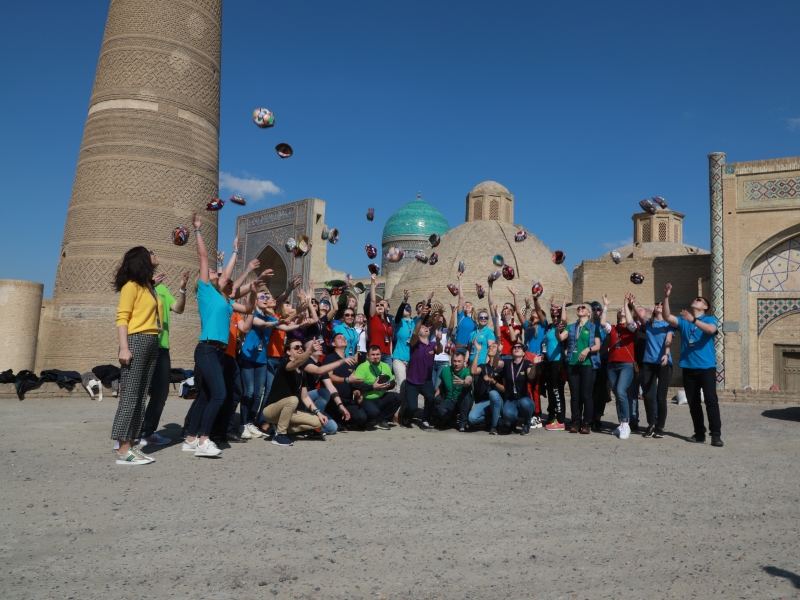 Centralasia Adventures
+998712544100
Centralasia Adventures
+998712544100




